Dispersed Camping: What Is It And The Things To Take Note
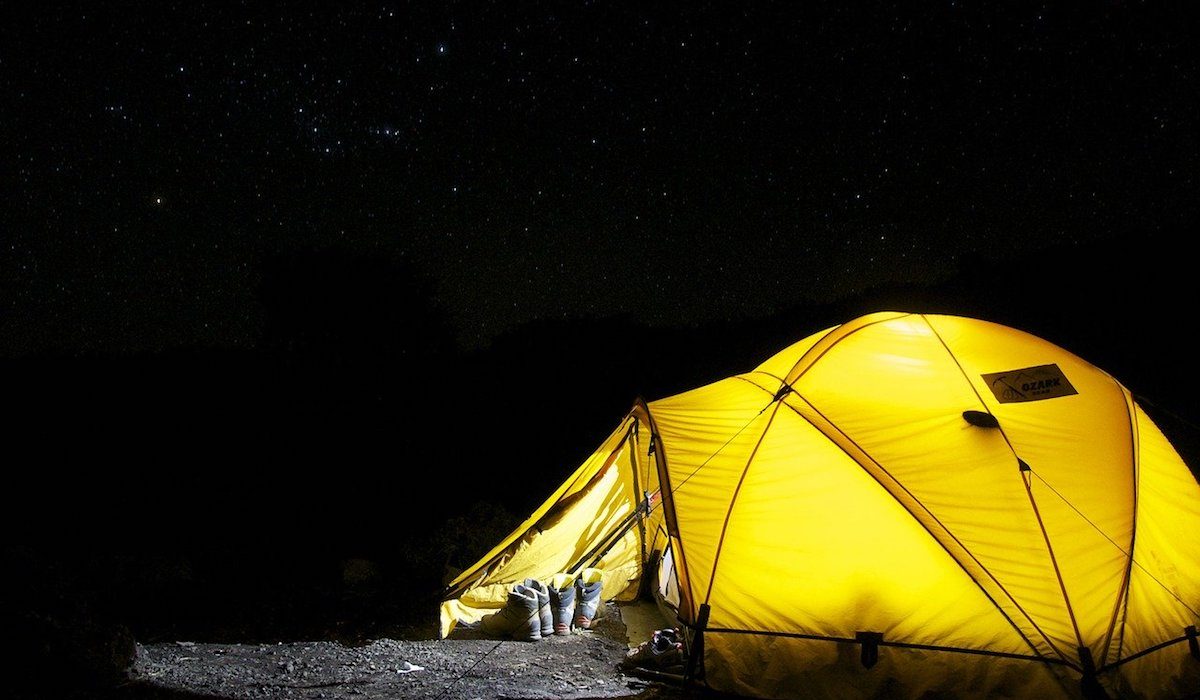
Ever heard of dispersed camping? Remote and secluded camp spots and camping with bare amenities? If you find spontaneous camping thrilling, keep reading!
While there are hundreds of paid camping spots available, free camping is also out there. It’s true that dispersed camping doesn’t come with the privilege of barbeque pits or an enclosed private toilet. But camping in the wilderness means you’ll have access to space and to truly immerse yourself in the spirit of a true camper without worrying about your neighbors at a crampy camping site. If you haven’t tried dispersed camping, it pays to know that its benefits extend beyond keeping you within the budget.
Learn more about dispersed camping — what is it and everything you need to know.
What Is Dispersed Camping?
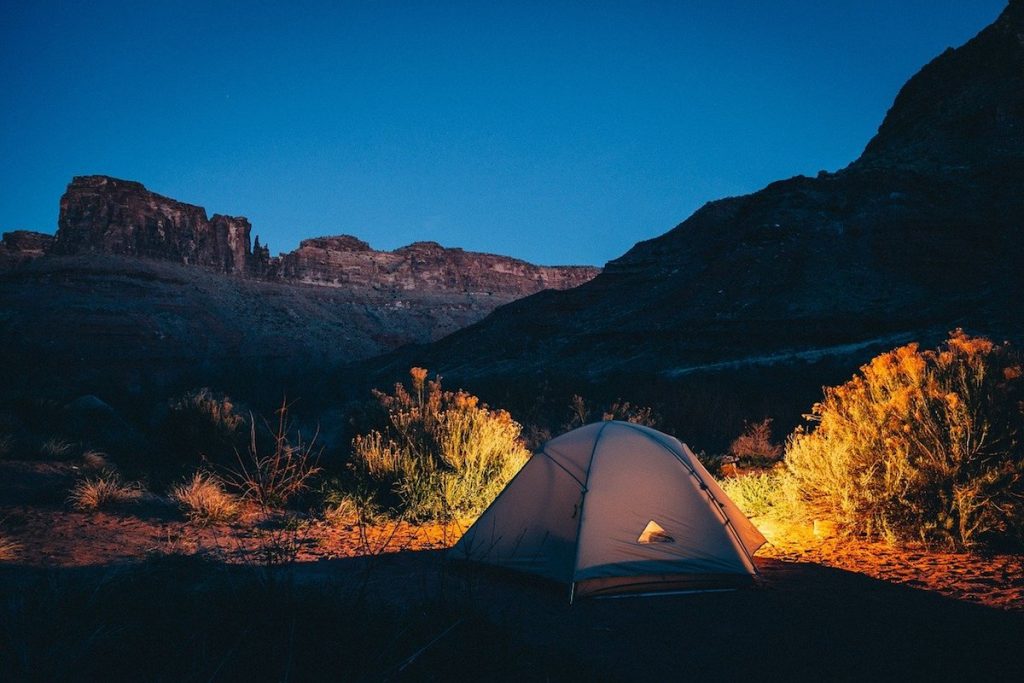
Photo by Free-Photos from Pixabay
Also called free camping, boondocking, or pirate camping, dispersed camping is camping outside a designated and paid campground. In dispersed camping, you only camp with the barest and few amenities. However, what these campsites lacked, they make up for its seclusion, the tranquility, and the canopy of stars that shelter you at night. The best part of dispersed camping — it’s safer than you expect and it’s absolutely free!
Where To Find Dispersed Campsites?
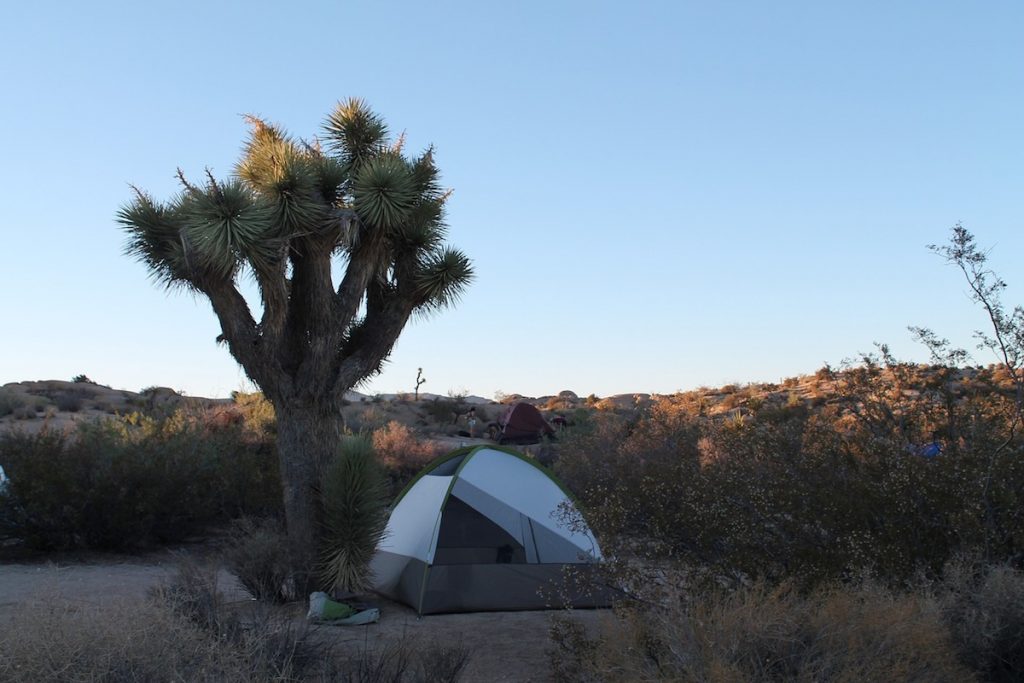
Photo by Mondlicht10 from Pixabay
It’s undeniable that many of us would have the impression of dispersed camping means we’re allowed to camp whenever and however we want. Truth is, despite calling it free camping, you can’t simply pitch a tent wherever you like. In fact, there are rules you bound to comply with all across the U.S.
Should you find yourself wondering where to camp for the night, here’s how to find legally free camping sites. Most of these sites are very accessible and easy to navigate. All you need is to narrow down your choices and make a decision as to which state and area you prefer. If you’re lucky, you’ll score a promising campsite on your own. If you ever see signs with “overnight parking allowed,” good news, you just found yourself a dispersed camping spot.
You might be itching to pitch a backpacking tent on a national park, grassland, or somewhere rustic and secluded. But not knowing where to camp freely can be a legal problem. The last thing you want is to put yourself in danger and to risk paying fine for just not obeying the law. Look out for these websites — Google Earth, Campendium.com, Freecampsites.net, and iOverlander to have a quick overview of dispersed camping spots.
Best Spots For Dispersed Camping
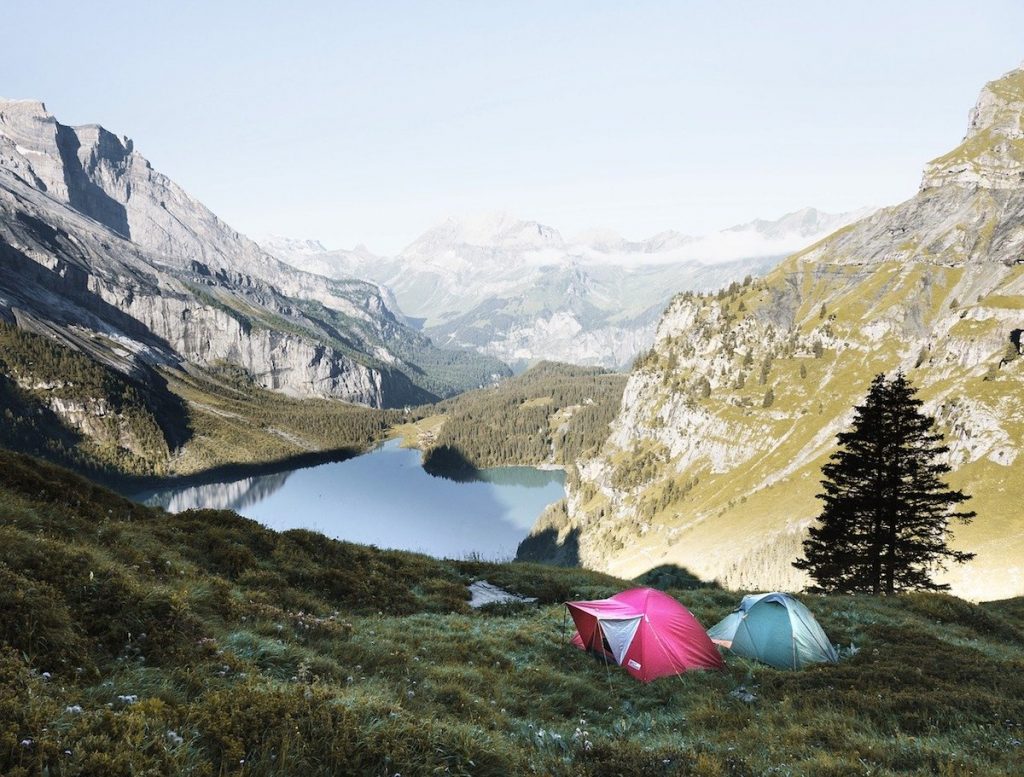
Photo by Pexels from Pixabay
Here are a few free camping spots that won’t disappoint. Before heading out, check the specific areas and rules for each on their websites.
- Lake Mohave (Nevada): Sandwiched between two mountains, expect only stunning views in Lake Mohave. Pitch a tent or a hammock and set up camping chairs with the beautiful shoreline as your backdrop. Aside from dispersed camping, you can enjoy a day of boating on the lake.
- Spoil Islands (Florida): Spoil yourself on Spoil Islands, Florida. Home to a variety of birds, the island offers a unique opportunity to enjoy free camping. If you have a boat or kayak, bring it along to make the trip more fun.
- The Methow Valley (Washington): Popular for many recreational activities such as biking and fishing, the Methow Valley is an excellent camping spot, too. Sitting on the foothills of the North Cascades, the Methow Valley offers epic views right from your tent pitched in the valley. Late spring to early summer is a great time to enjoy dispersed camping here.
- Hatcher Pass (Alaska): The rugged lands of Hatcher Pass make for stunning views to enjoy while camping. The extraordinary mountaineering terrain also calls for an afternoon biking and hiking.
- Mount Shasta peak (California): The massive size and beauty of Mount Shasta are enough to take any camper’s breath away. Camp near its peak and enjoy some biking and hiking on its many friendly trails.
How Do I Pick A Good Free Campsite?
Many lands managed by the Bureau of Land Management (BLM) offer free camping. However, there are still specific areas within these lands that are off-limits to camping. You will see signs that say so. Even national parks such as the famous Yosemite and Joshua Tree have areas where dispersed camping is allowed.
Among the differences between dispersed camping and designated camping is how you pick a good campsite. Given that you’re pretty much on your own when free camping, you need to consider some factors:
- Check the terrains: Before you head out, check the campsite if it’s suitable for an RV or tent camping. If you’re eyeing a spot that doesn’t have a website, search for reviews. This way, you’ll have an idea if the terrains are flat enough to pitch a tent on.
- Find out if you need to bring water: Not all free campsites have potable water within or nearby. This is especially true in remote areas where there’s no easy access to clean water.
- Check the amenities you need to bring: Going on free camping means you’re prepared to do away with amenities. However, it’s still nice to know if there are toilets nearby or none at all. This should help you plan well, especially if you’re camping with the kids.
- Research how to get there: When picking a good camp spot, find out how to get there, too. Some remote areas have unpaved and narrow roads that might not allow RVs to pass through. There are also free campsites that require a bit of hiking.
- Learn the rules: Most websites provide information on campsites, even those for dispersed camping. Learn about the rules of your site options to manage your expectations and planned activities. Read the reviews, too, for more information.
What To Expect From Dispersed Camping?
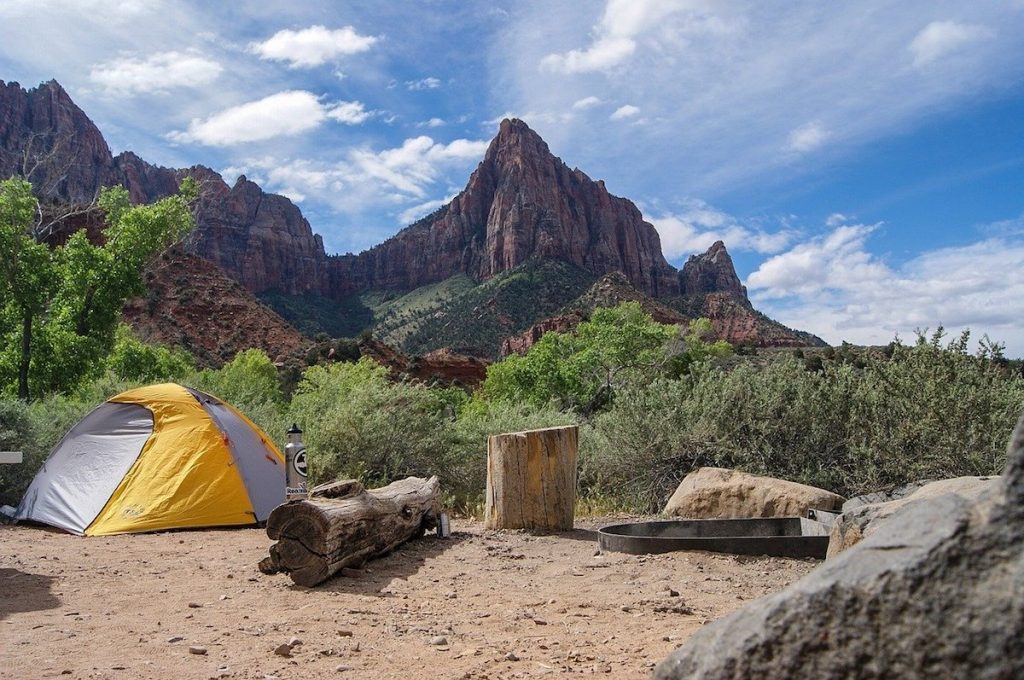
Photo by Free-Photos from Pixabay
If you haven’t done dispersed camping, what can you expect from it? How does it feel to go free camping? Here are the pros and cons that you need to take note of:
Pros
- It’s cheap: Perhaps the most apparent benefit of dispersed camping is how it saves you on costs. Instead of paying for entrance fees or cabins, you can spend that money on food and drinks.
- It’s flexible: Free camping allows you to do a lot of things without following elaborate rules. You can leave anytime without feeling bad because you didn’t pay for anything anyway. You can explore nearby areas and not be tied down to a specific spot.
- Privacy comes at ease: Most paid campgrounds are usually crowded, especially during peak season. With dispersed camping, you can pitch a tent or hammock and enjoy a remote spot all to yourself. Imagine camping on a local farm with your family or friends with only a few animals to bother you.
Cons
- Lack of amenities: If you’re used to camping with complete amenities, you need to make adjustments when free camping. More often than not, there are no toilets, showers, cabins, picnic tables, or fire rings when you go on dispersed camping.
- No reservations: Unlike paid campgrounds where you can book months ahead, dispersed camping comes on a first-come, first-served basis. Some people may not find this appealing, but some are okay with the spontaneity of travel plans.
- Not secure: Some free campsites are understaffed or there are none at all. This means you can’t really tell how safe the area is.
- Lack of activities: You have to be creative, and you need to plan ahead with dispersed camping. Unless you simply want to relax in peace, then you don’t have to worry about the lack of activities. However, if you’re free camping for a few days with family or friends, bring some entertainment.
What To Bring When Dispersed Camping?
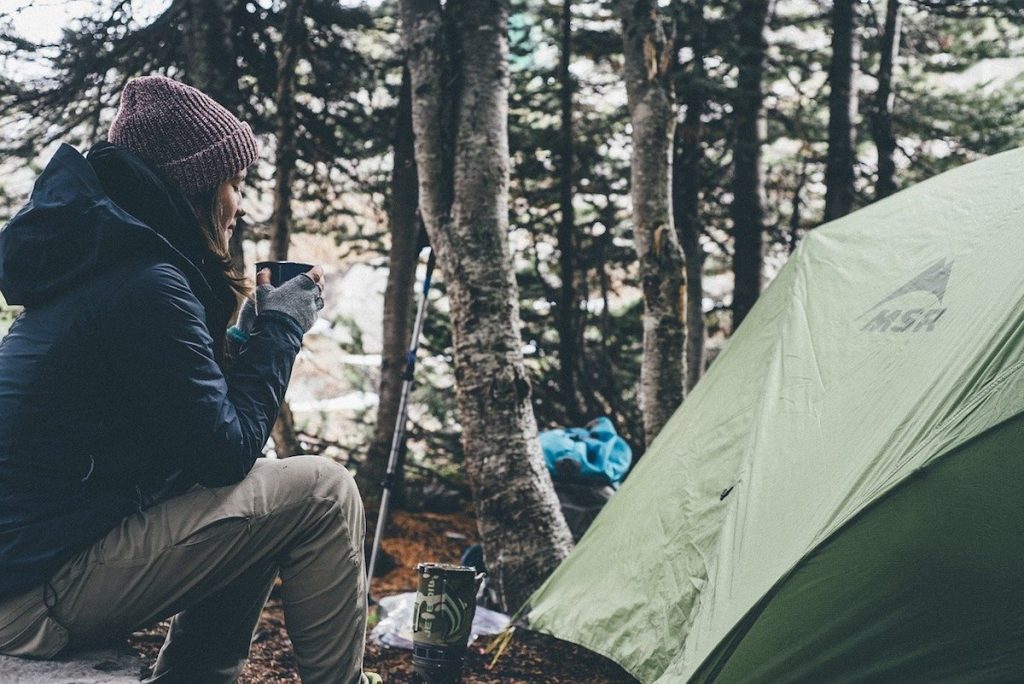
Photo by Free-Photos from Pixabay
Given that dispersed camping is without luxury, what do you need to bring? To prepare yourself, here are the essential items to bring when dispersed camping:
- Water: The website says there’s potable water on your chosen camp spot, but it’s busted when you get there. To avoid any hassle, bring enough drinking water when going on a dispersed camping trip.
- Enough food: Depending on how long you’re staying, bring enough food supply. Make sure they are camping-friendly food.
- Knife: A camping knife is extremely handy during camping trips, especially in remote areas where you won’t find alternatives that can cut food and other items.
- Lighter: A lighter is also very handy during dispersed camping. You can use it to cook or to start a fire. With its small size, you can easily slip it even in your pocket.
- Printed maps: Printed maps can be more reliable than Googling your way. This is true if you’re free camping deeper into the woods or in secluded areas where the cellular signal is very poor.
- Waterproof tent: Don’t take your chances. It’s best to camp in a waterproof tent, especially on free campgrounds where you might not find nearby shelters.
- Clothing layers: Pack a few jackets to keep you warm and dry, especially when camping on highlands.
- A headlamp or flashlight: Being far out in the forest, alone, means you have to have a flashlight.
- Baby wipes: No toilet or shower? No worries! Bring plenty of baby wipes to clean yourself with.
- First-aid kit: Getting injured and sick outdoors is inevitable. It may not be easy to ask for help when dispersed camping, so bring your own first-aid kit.
- Garbage bags: Camping on free grounds may mean no trash bins around. Bring your own garbage bags.
Things You Should And Shouldn’t Do When Dispersed Camping
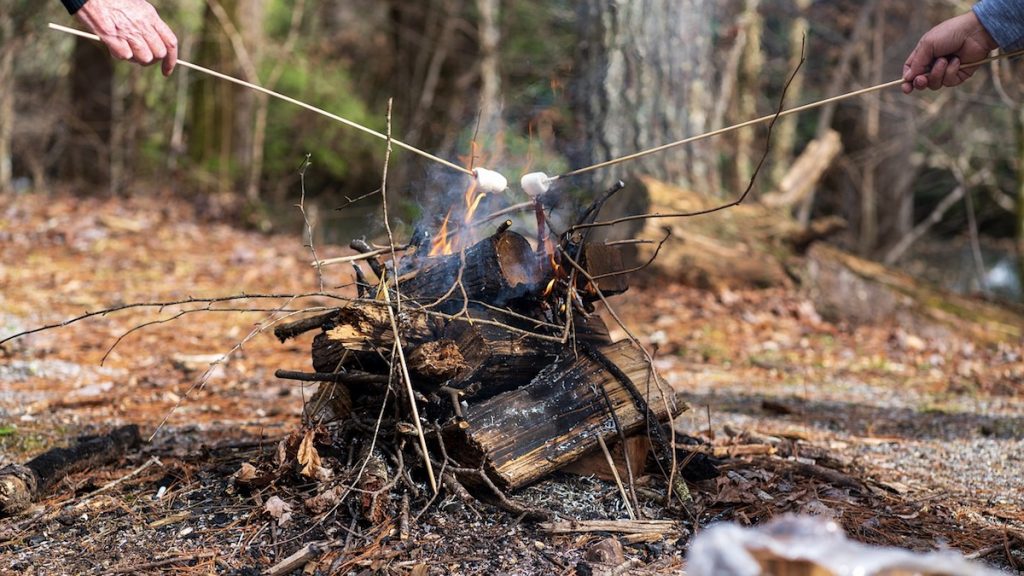
Photo by Hucklebarry from Pixabay
While dispersed camping is free of fees, it’s not free of responsibilities. To ensure that campers of today and the future will enjoy these free campsites, follow these unspoken ground rules.
Should Do
- Leave no trace: Following this principle helps free campgrounds maintain their magic. Unlike paid campsites that have hired staff to manage the place, free camping grounds do not have a crew to clean up after you. Be responsible and considerate enough to leave the site how you found it. This not only means not leaving trash but also not destroying the place.
- Take care of your trash: Dispersed camping grounds do not usually include trash bins or RV dump sites. This is why it’s important to bring garbage bags. Collect all your trash and other items you may find around. If there are no trash bins around, you need to take your trash home with you. Not all free campsites have toilets. To dispose of human waste, you can dig a cathole 100 feet away from any water source. Make sure it’s at least 6 inches deep.
- Camp on durable surfaces: Pick a more suitable spot to set up your tent or park your RV. While it’s free of charge, this doesn’t mean you can camp on vegetation. You also shouldn’t walk all over flowers or drive on the meadows. Stick to existing trails and roads. When pitching a tent, pick a durable and bare soil.
- Be considerate: There’s still a chance that you’ll be sharing a free campsite with other campers. Be considerate when it comes to noise, cleanliness, and privacy. Don’t pitch your tent too close to another camper, or start a campfire closer to a neighboring tent. Also, avoid camping on large clearings where you can block the views for other campers.
Should Not Do
- Neglect campfire impacts: Never start a campfire even on free campsites without checking the restrictions. Also, before starting one, decide whether you really need one. When starting one, make sure you are far away from low-hanging branches and bushes. Check if the campfire is completely out and stir the ashes before leaving the site.
- Disturb or hurt animals: Some campsites are home to wild animals–be it bears, coyotes, or foxes. You should respect animals at all costs. As long as they’re not attacking you, leave them alone.
- Go camping on weekends: While it’s really up to you when you should enjoy a day or two of dispersed camping, you should still avoid the weekend. This is the most useful time for free camping so it can mean more crowds. Especially in the summer, free campgrounds can get populated, too. To fully enjoy dispersed camping, try to go during the weekday.
Tips When Dispersed Camping
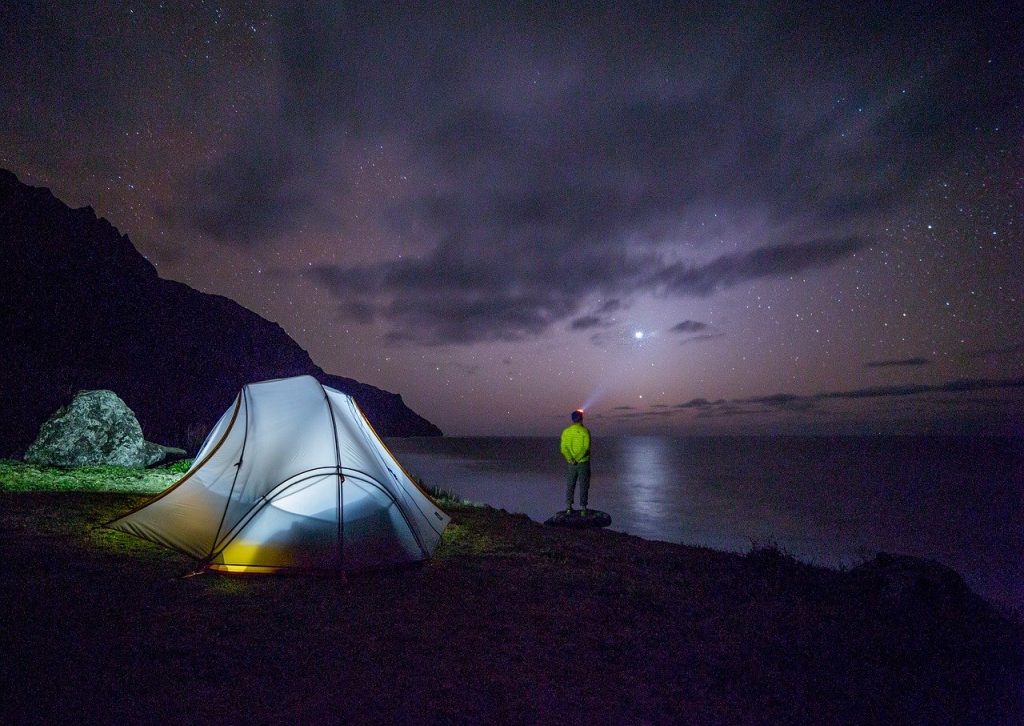
Photo by Free-Photos from Pixabay
- Contact the local office: Before heading out to a free campsite, it’s smart to call the local office to learn more about the place. They should be able to help you understand existing restrictions in the area. If you intend to stay for long, find out the daily limit on the campsite.
- Be prepared: Dispersed camping on a more secluded area calls for more preparation. Make a list of the essential items you need to bring and pack them well. Aside from that, check the weather before heading out and pack accordingly.
- Don’t camp on the side of the road: You may think it’s free, but it’s usually illegal unless otherwise stated. However, to stay safe, stay within 150 feet from a roadway.
- Be aware of animals: It’s inevitable to have some bears as a company when camping, especially when you’re camping in the wild. If your campsite is home to bears and other animals, come prepared. Store your food and scented items in tightly sealed containers. Read about wildlife safety before heading out.
- Bring money: It may be free camping, but some still ask for a small fee. It also comes handy if you need to purchase some items along the way.
- Use your judgment: The website and reviews may say it’s safe, but if you don’t feel comfortable in the campsite, move on.
Frequently Asked Questions:
Is dispersed camping legal in national parks?
Generally, national parks allow dispersed camping, but it still depends on which park. Many national parks have areas for free camping.
Can you sleep in your car in a national forest?
You can sleep in your car in national forests, but mostly outside designated campgrounds only. Sleeping in your car is just like camping in a tent, so it’s generally okay. To be sure you don’t violate any law by camping in your car, check the national forest’s website first.
What does primitive campsite mean?
Primitive camping means camping in remote areas without amenities. This can mean no showers, toilets, and running water. In lieu of amenities, you enjoy privacy, seclusion, peace, and the beauty of nature.
How do I make my camping tent more comfortable?
Choosing a flat surface to pitch a tent will make your camping more comfortable. Aside from that, picking a spot with less debris on the ground helps. You can also add a sleeping pad for added comfort.
How do you set up a perfect campsite?
This depends mostly on how you define “perfect.” However, picking a safe and comfortable campsite will help bring you closer to the perfect campsite. Next is choosing a campsite with amazing views. If you want a campfire, keep it well away from your sleeping area.
Can you go free camping under 18?
Most national forests do not have age restrictions for dispersed camping. However, the laws differ for every state, so it’s best to check first.
Go Camping For Free!
It’s easy to get lost in our hectic lives. Good thing there are many ways to unwind, and some even come for free. Dispersed camping is an excellent reminder that camping can be simple and enough. It may not be as comfortable as traditional camping, but it’s a great experience for nature lovers. It’s an excellent opportunity to enjoy some peace and quiet without the complexities of campground rules and the busy crowd.
As they say, less is sometimes more. Free camping only sounds challenging if you don’t know how to do it and what to pack. But with careful planning, it can be one of the most liberating experiences you can enjoy. Just make sure to do your research and call the local office of the free campsite you prefer. Once you’re set, go ahead and treat yourself to spontaneous and free camping!

